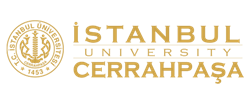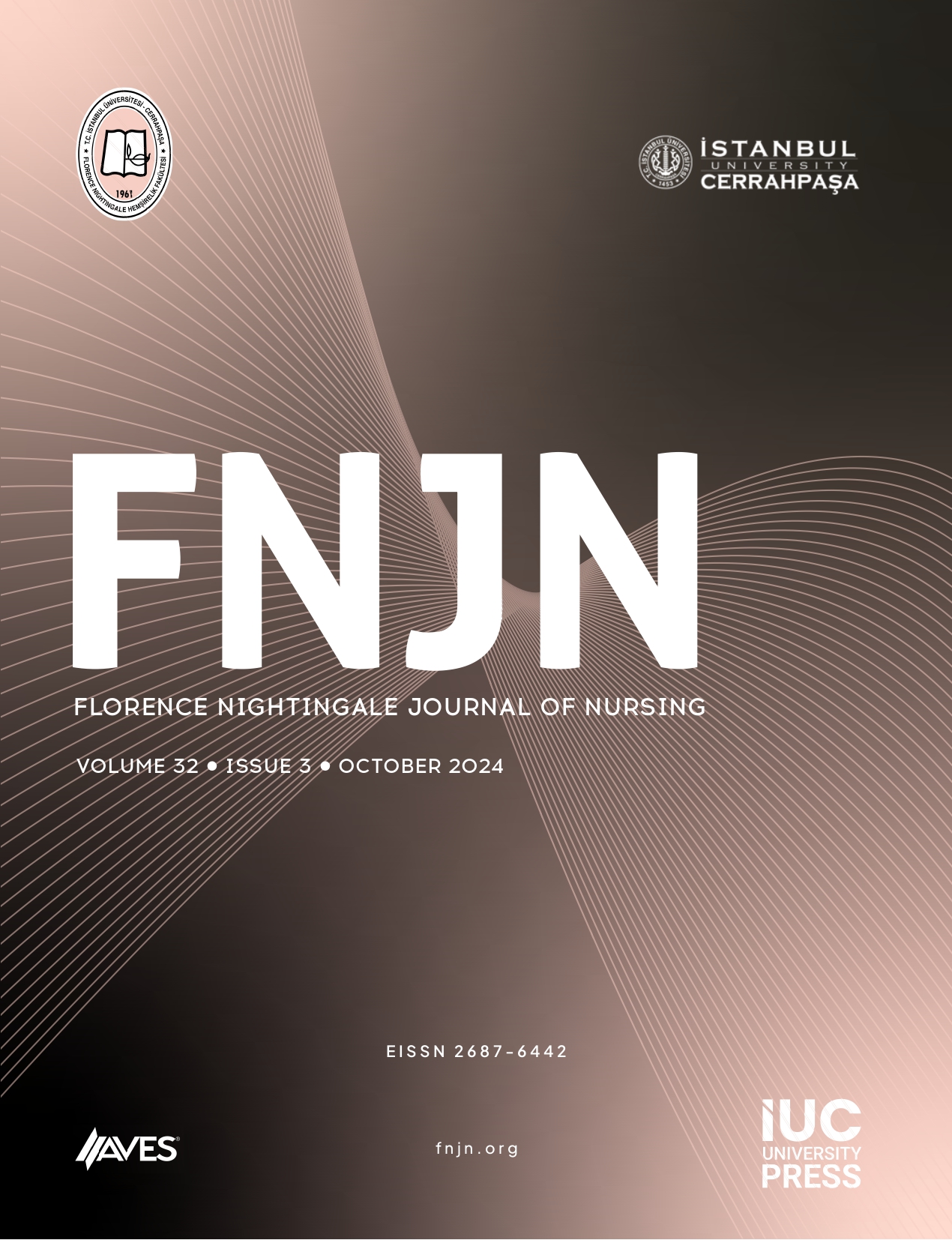The fact that many of the scales developed in English are translated requires much analysis in order to ensure equality of the scale in terms of culture and language. This assessment gains more importance with increasing language and cultural differences between the source country (where the scale was developed) and the target country. Additionally, there can be differences likely to affect the validity and reliability of the scale, even in cultures that are very similar in terms of level of development, social life, or values. Despite all these difficulties, the use of the adapted scale saves time, increases the generalization capacity of the data collected, and allows scholars to research the similarities and differences between the societies where the measurements are carried out. Also, valid and reliable tools contribute significant findings to measuring the outcomes of nursing care. However, two important questions need to be analyzed carefully before an adaptation is performed. The first question is whether or not the planned adaptation of the scale is truly necessary. The second question is whether or not the suggested scale for adaptation is really the best tool. How people express emotions, thoughts, and behaviors vary between societies. Therefore, any necessary changes should be made during the scale adaptation by taking into account the variable structure. The steps to be followed in the adaptation process are reduced to the following stages through the refinement of many studies by the World Health Organization (World Health Organization [WHO], 2017). These stages are as follows: translation, expert committee assessment, back translation and pilot application. At each stage, there are points that require attention and are presented in the manuscript. This article aims to present information for providing equality of a scale that was adapted into Turkish not only linguistically, but also culturally and conceptually




.png)
.png)